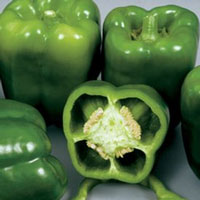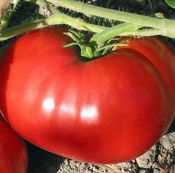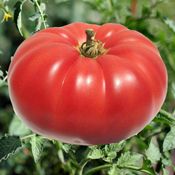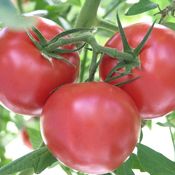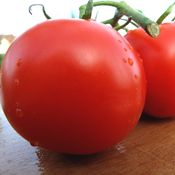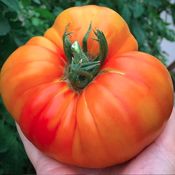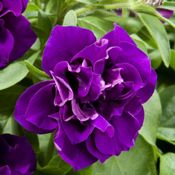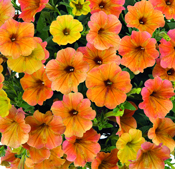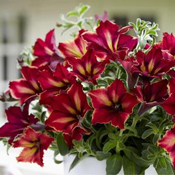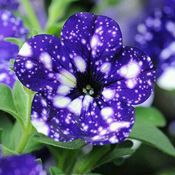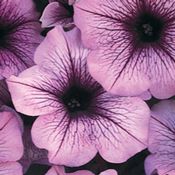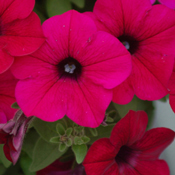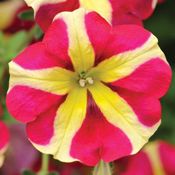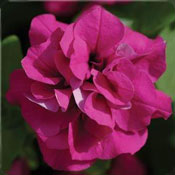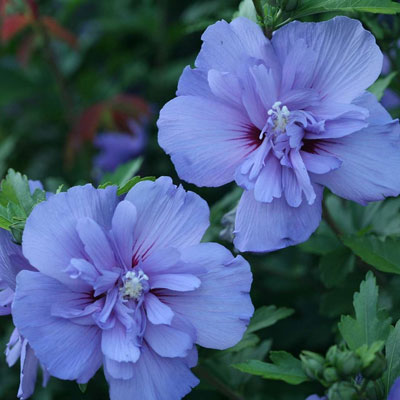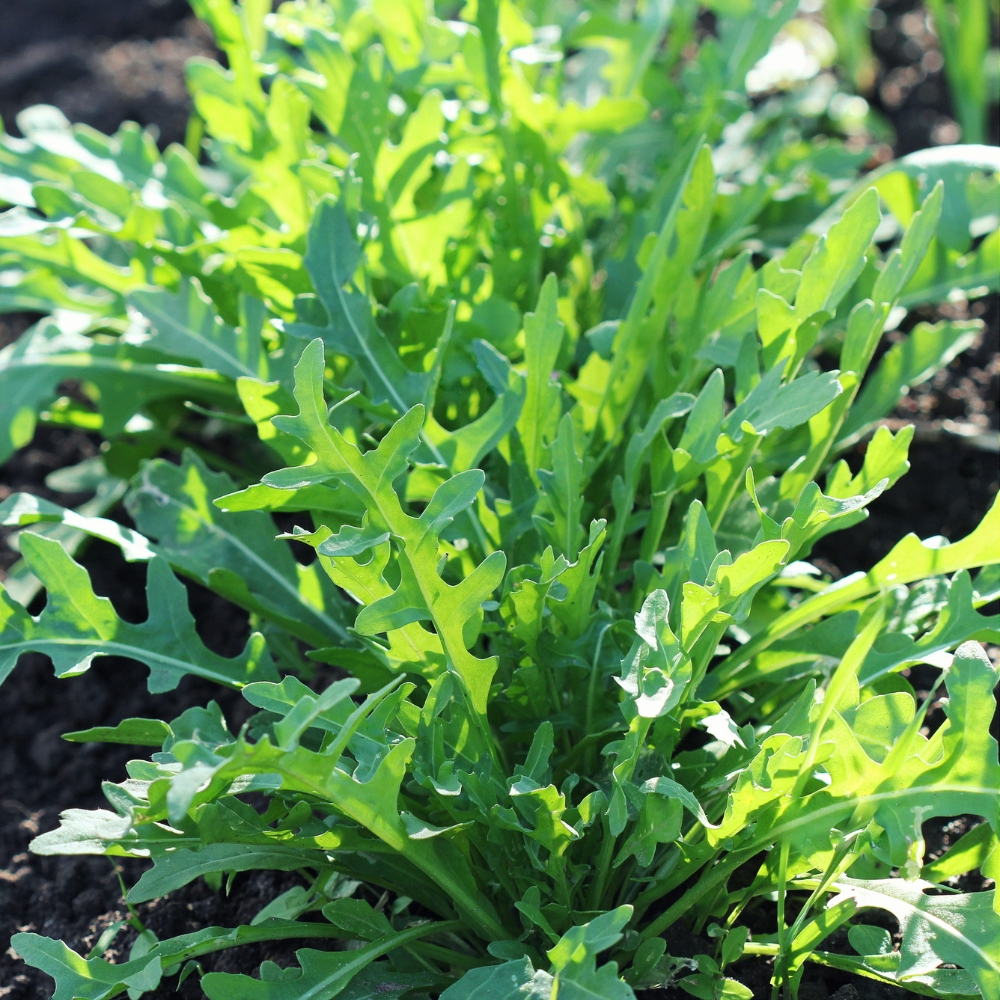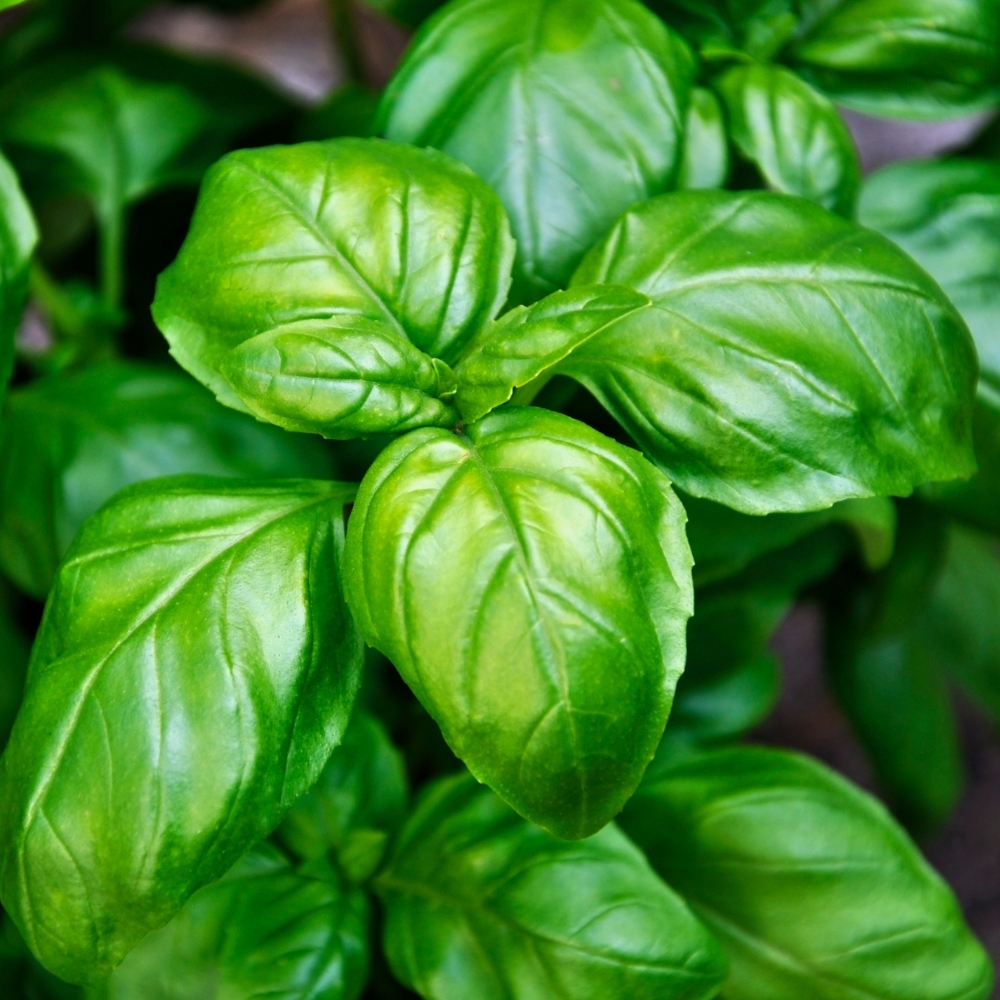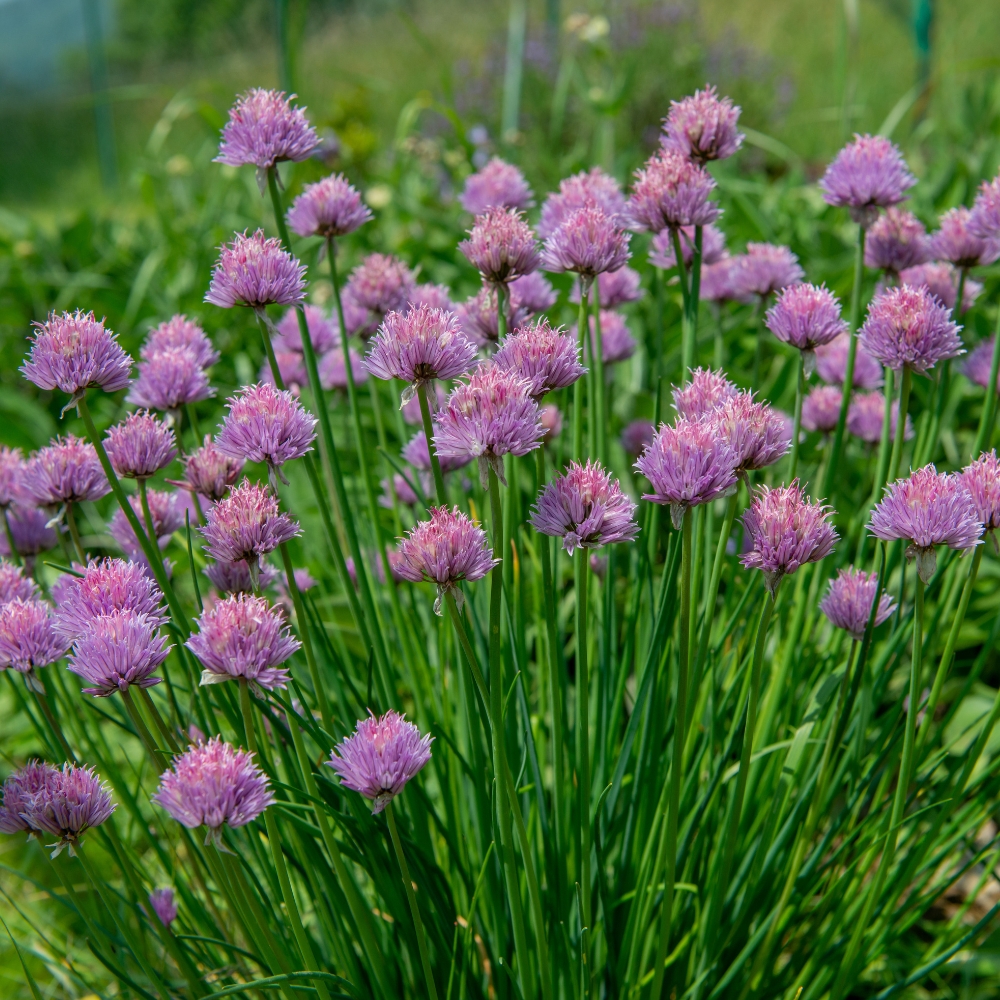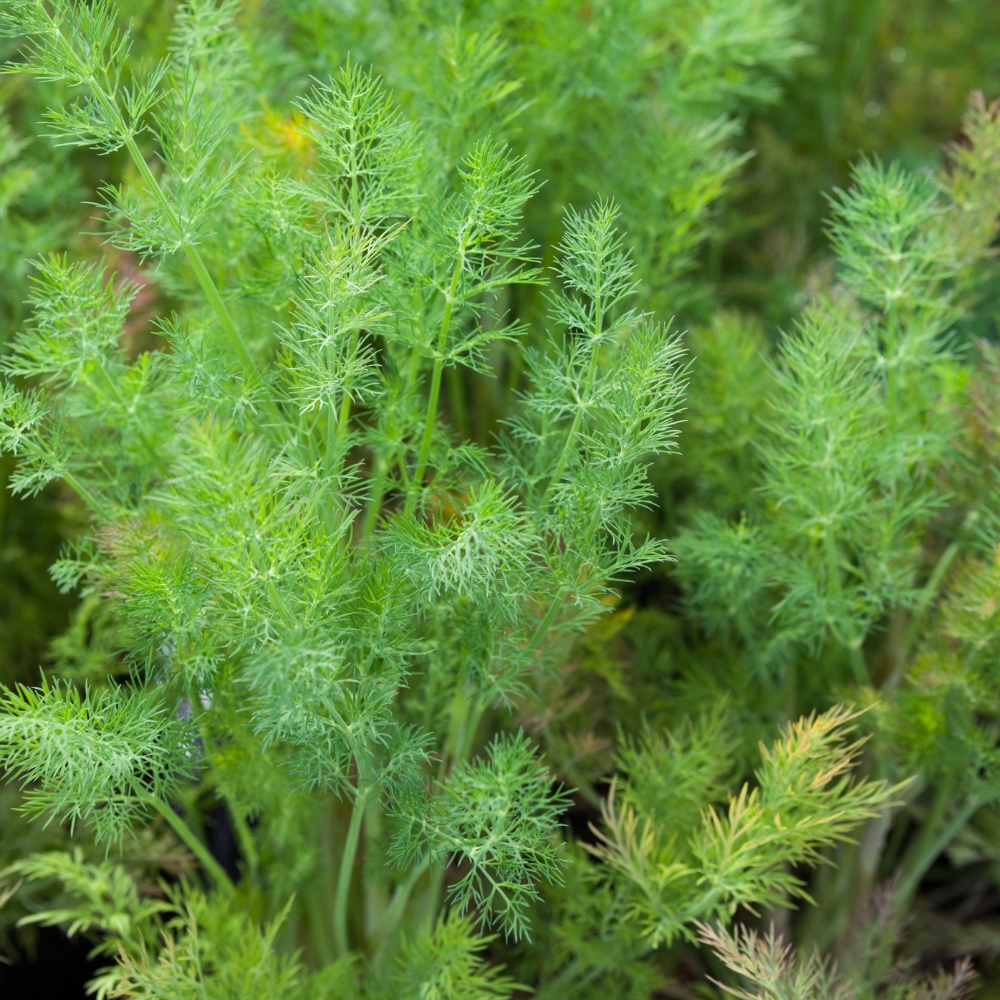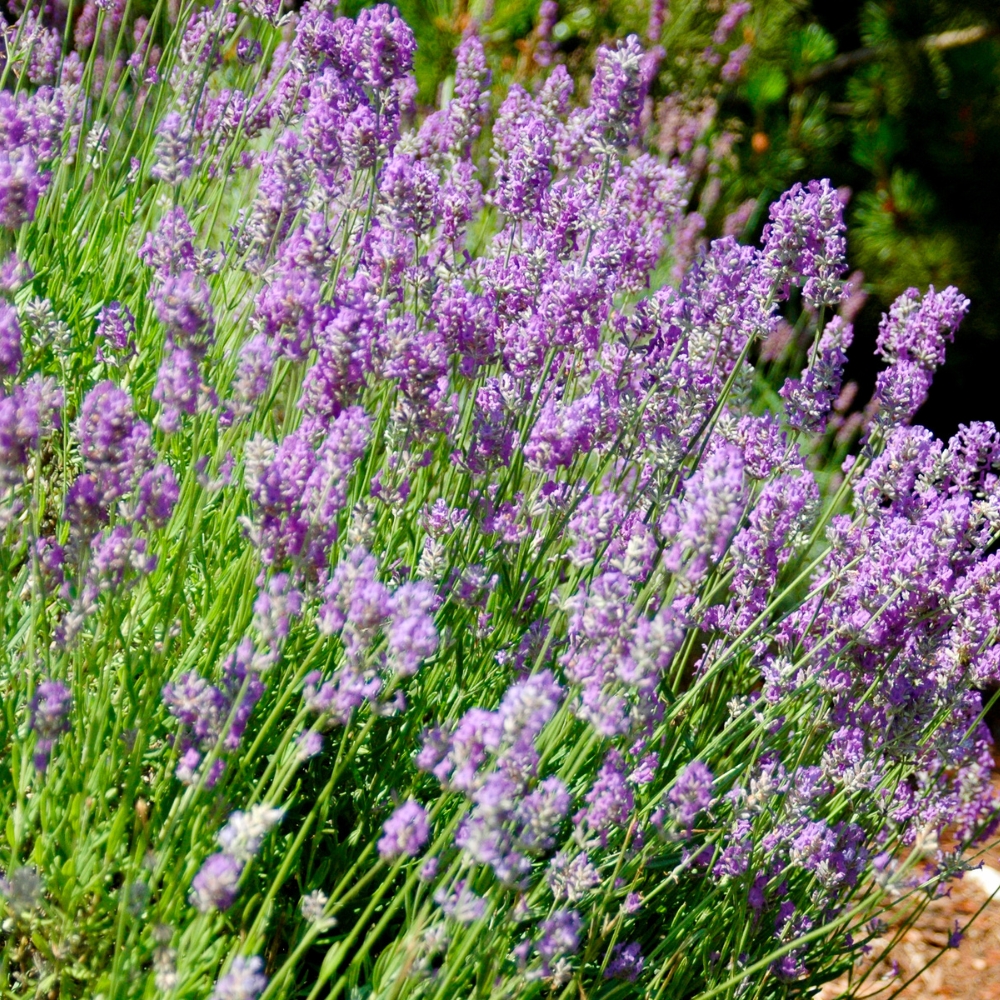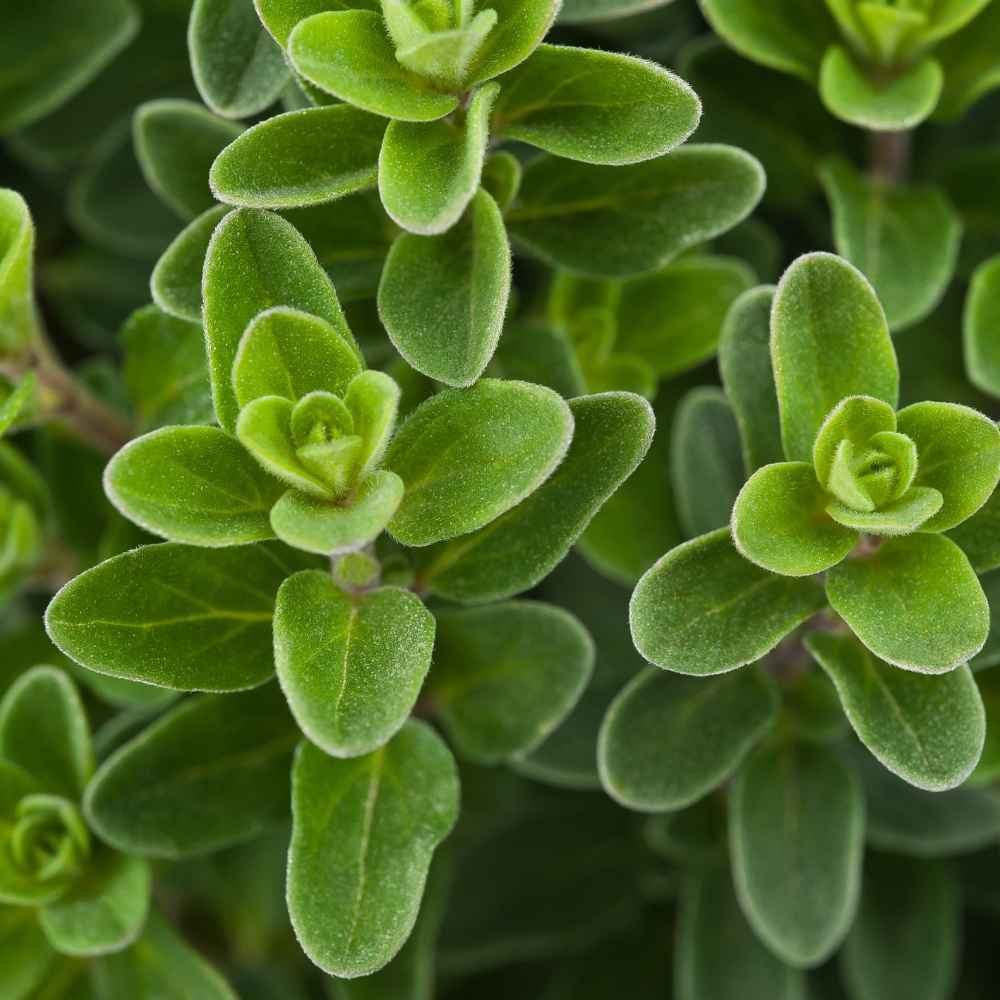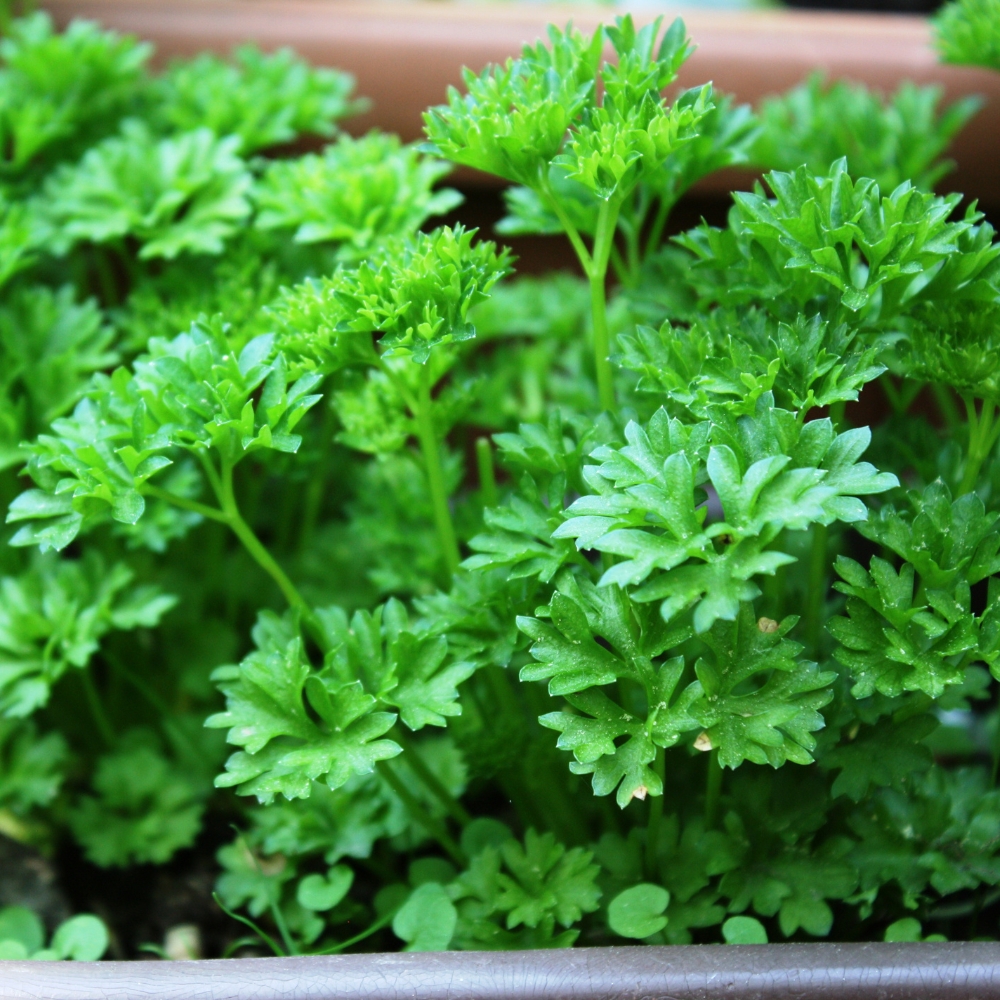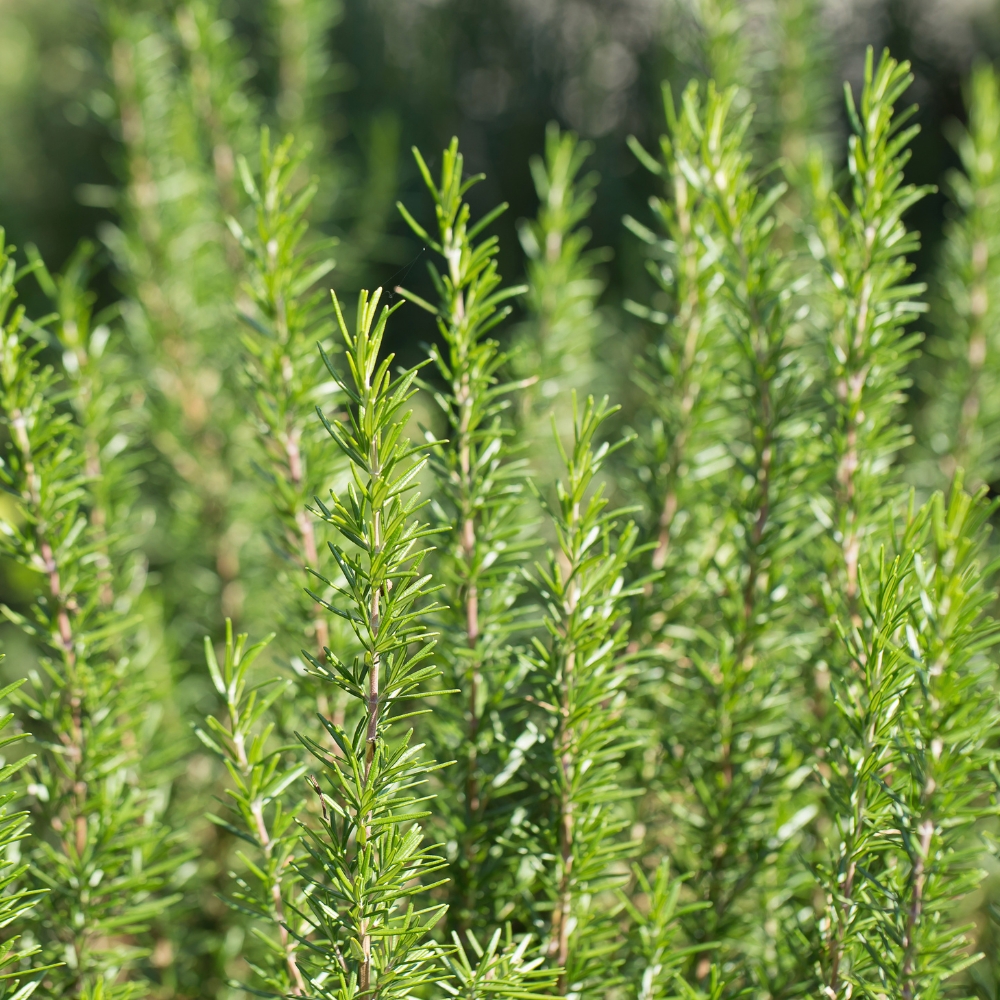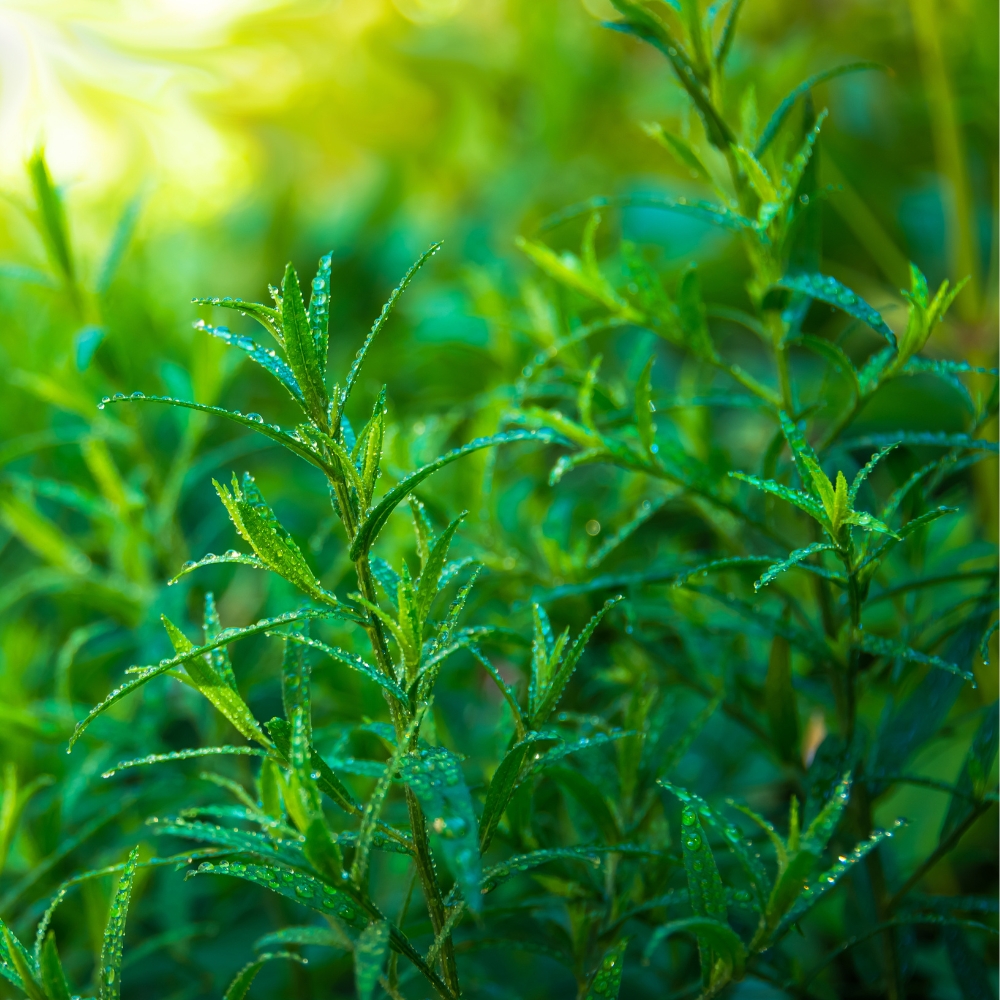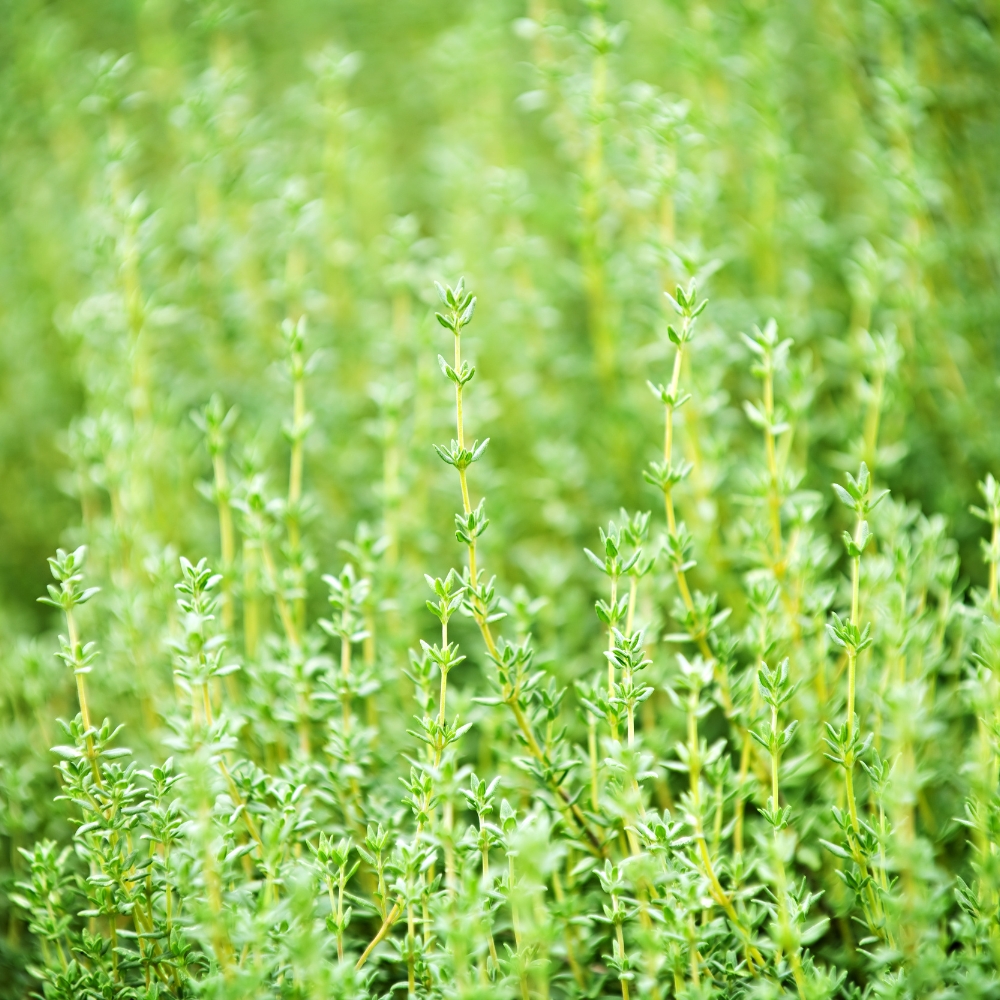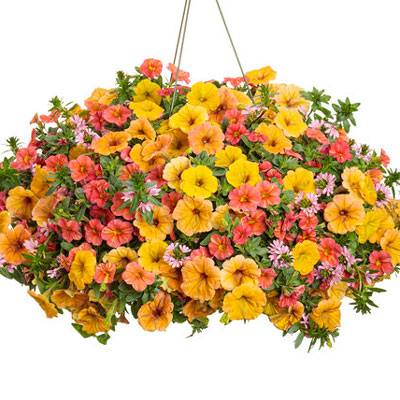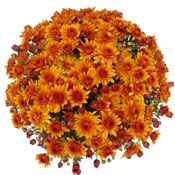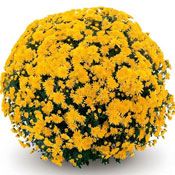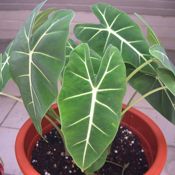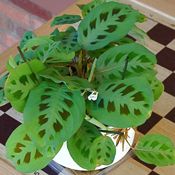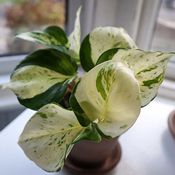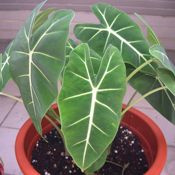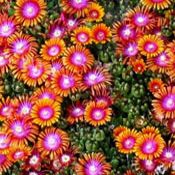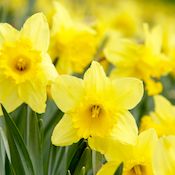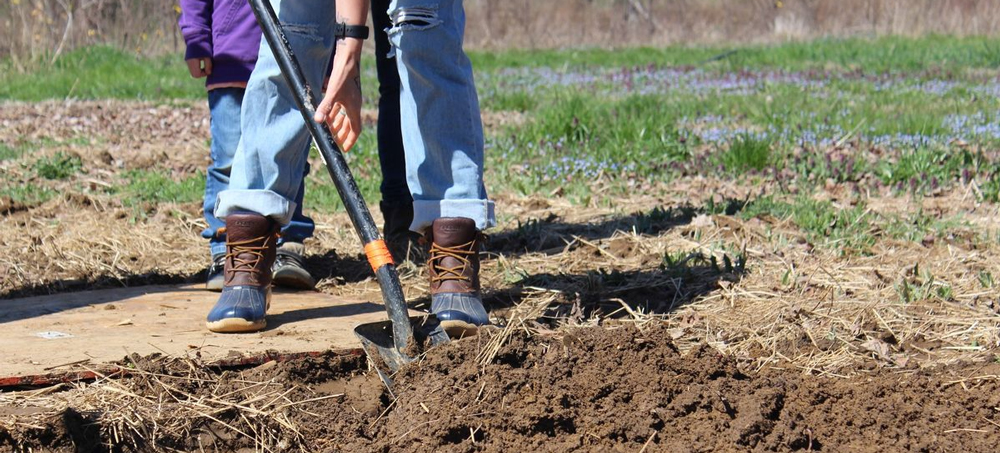
Planting season is here! If you're in the North, you may need to wait until mid-April, but once the snow melts and the soil is workable, it’s go-time. Southern gardeners? You’re probably already digging in! Can’t you just smell that earthy, fresh-turned soil? Are you picturing rows of crisp veggies or a riot of blooms? Let’s get that dream garden growing.
Starting the season right leads to prolific blossoms, a bountiful harvest, and healthier, happier plants.
Whether you're a seasoned pro or new to the joys of gardening—welcome! We’ve got tips for all levels, and even veterans might learn something new.
New Gardeners: Start Small
We get it—grocery prices are up and growing your own food is appealing. But resist the urge to overplant! It’s easy to become overwhelmed in your first year. Instead, focus on family favorites: lettuce, tomatoes, onions, carrots, celery, and potatoes. Stick to essentials or high-cost items and expand later.
Start a Gardening Journal
Your garden journal doesn’t have to be fancy. A binder, a notebook, even loose-leaf paper will do! Here’s why it’s a game-changer:
- Plan Your Layout: Sketch your garden and mark what goes where. Even a rough drawing helps with spacing and future crop rotation.
- Track Varieties & Issues: Note what you plant, yields, pests, diseases, and solutions—this helps with future selections.
- Soil & Drainage Notes: Record amendments used and how the soil performed—did it retain moisture, drain well, or stay soggy?
- Monitor Soil pH: Test annually. Climate, rainfall, and amendments affect your soil’s pH. A basic meter is inexpensive and invaluable.
- Weather Watch: Note frost dates, planting days, temperature swings, or surprise freezes to help with future planning.
- Indoor Starts: Track germination times, seedling health, and transplanting dates if you start seeds indoors.
Soil Prep for All Gardeners
- Evaluate Your Garden Site: Adjust location if there’s new shade from trees or buildings.
- Clear Winter Debris: Remove trash, leaves, branches, and rocks to prevent pest issues.
- Turn the Soil: Dig 6 inches deep and assess your soil type (clay, sandy, loamy).
- Test the Soil pH:
- Vegetables: pH 6.0–7.0 (ideal: 6.5)
- Flowers: Depends on the variety (e.g., hydrangeas vary by pH)
- Amend the Soil: Add compost or aged manure and adjust pH as needed:
To Lower pH:
- Vinegar: 1 cup vinegar to 1 gallon water. Apply lightly and work into soil.
- Aluminum Sulfate: Fast-acting; amount depends on soil type:
- Loamy: 0.6 lb per 10 sq ft drops pH by 0.5
- Clay: Use 50% more
- Sandy: Use one-third less
To Raise pH:
- Wood Ash: Effective and natural (avoid pine or treated wood).
- Hydrated/Burnt Lime: Strong and fast—handle with care.
- Potassium Carbonate: Moderate speed; avoid overuse during the season.
Smooth It Out
After amendments are added:
- Use a garden rake to break clumps and remove rocks.
- Use a leaf rake to smooth the surface for planting.
Vegetable Gardens: Level soil for rows and space for weeding and harvesting.
Flower Gardens: Level or mound for style. Add pavers or stepping stones for easy access in large beds.
Preorder Your Plants
If you haven’t already, now is the time! Starting seeds indoors gives a head start, but starter plants save time and space. Preordering ensures the varieties and colors you want.
Pro Tip: Tomatoes do best when started indoors or planted from starter plants.
- Preorder vegetable plants
- Preorder perennial plants
- Preorder annual plants
- Preorder herbs
- Preorder bushes and shrubs
Mulch, Mulch, Mulch!
Once your plants are in the ground:
- Apply 2–3 inches of organic mulch.
- Leave 3–4 inches of space around plant bases to prevent rot.
Vegetable Gardens: Mulch individual plants or rows.
Flower Gardens: Feel free to mulch the entire bed.
Flower Gardeners: Try Something New!
Columbine (Aquilegia): Delicate blooms thrive in partial shade (Zones 3–9). Earlybird™ Blue White resembles the iconic Rocky Mountain variety.
Larkspur (Delphinium): Regal blooms up to 4 feet tall attract pollinators. Full sun, moist soil. (Zones 3–8)
Hardy Hibiscus: Tropical flair with massive blooms up to 12 inches. Full sun. (Zones 4–9)
Pincushion Flower (Scabiosa): Long-blooming cut flower with fern-like foliage. Great from spring to fall. (Zones 3–9)
Ornamental Grasses: Add texture and year-round movement. Perfect backdrops or focal points. (Zones 5–9)
Get Growing!
Gardening is therapy, exercise, creativity, and joy all in one. Whether you’re harvesting your own veggies or planting blooms for pollinators, your garden will reward you again and again.
So grab that trowel, pull out your diagram, and get growing!

















































































